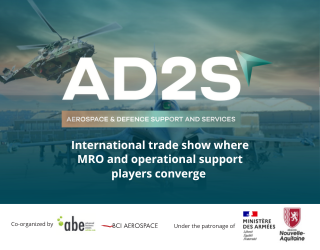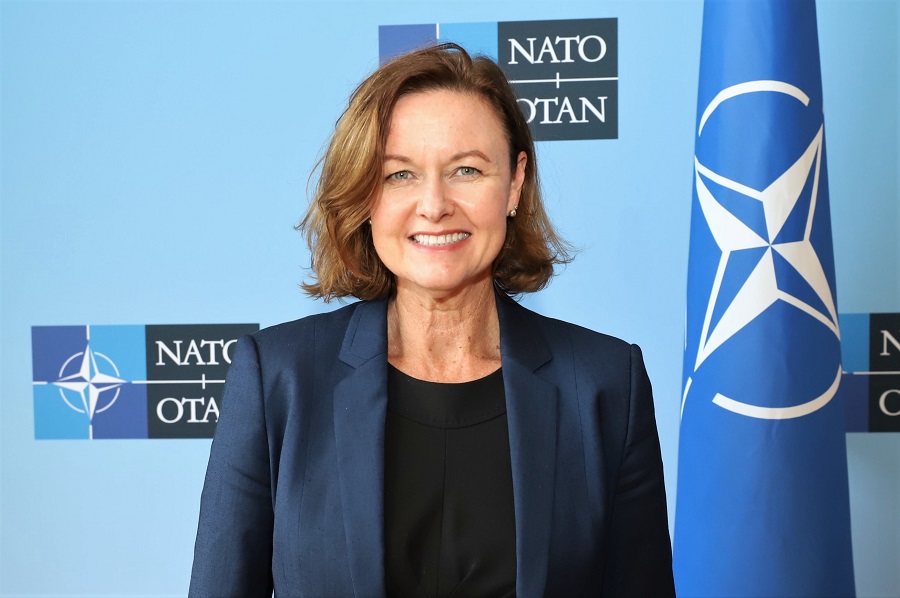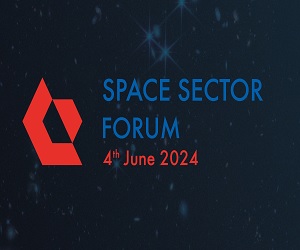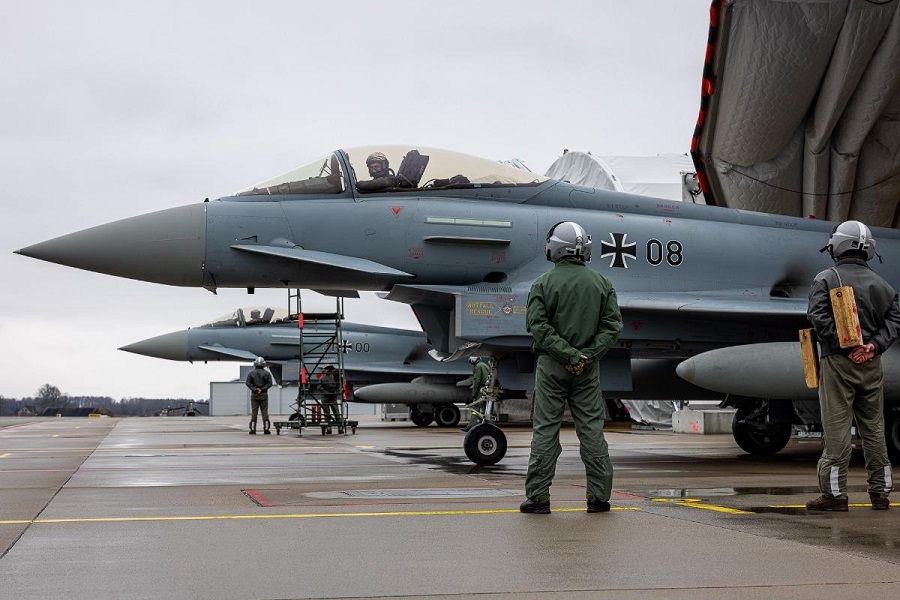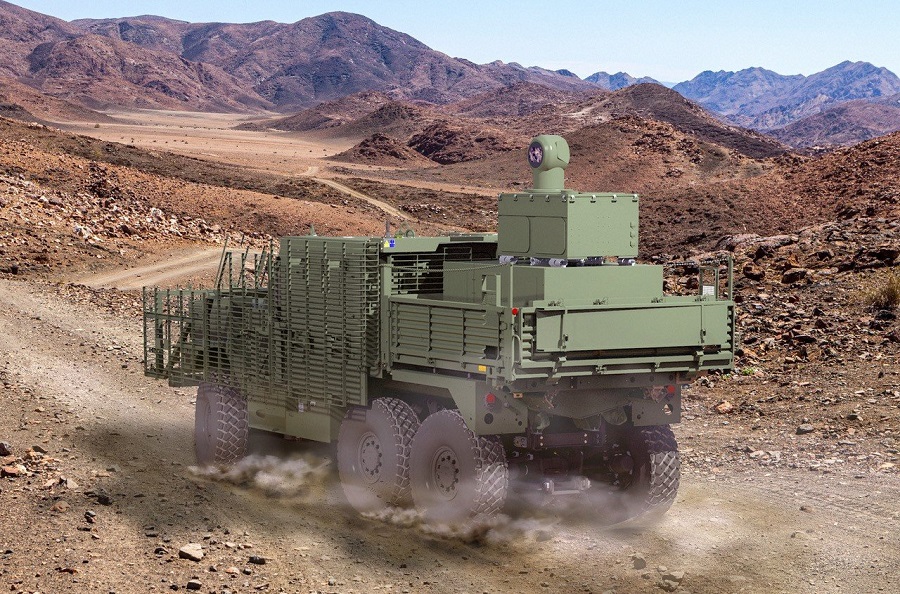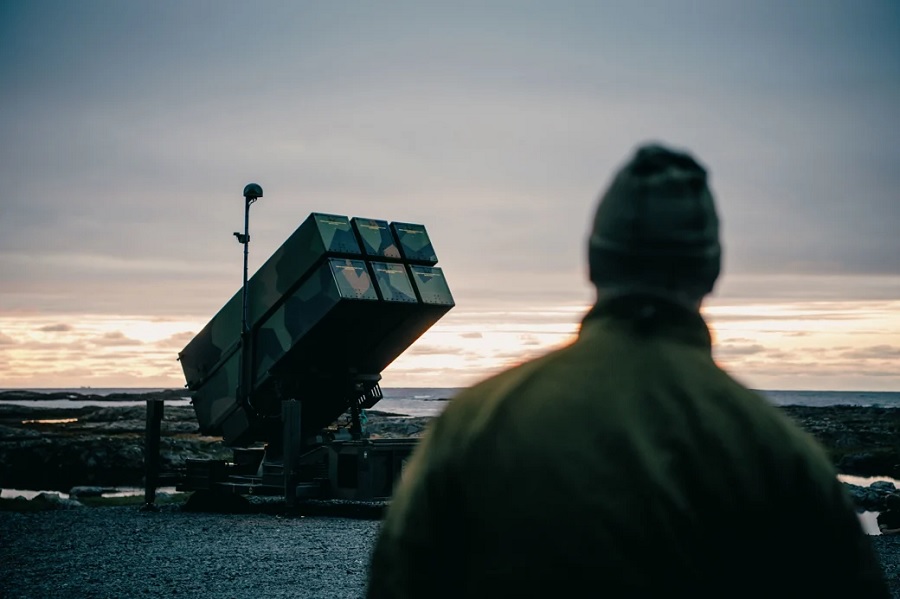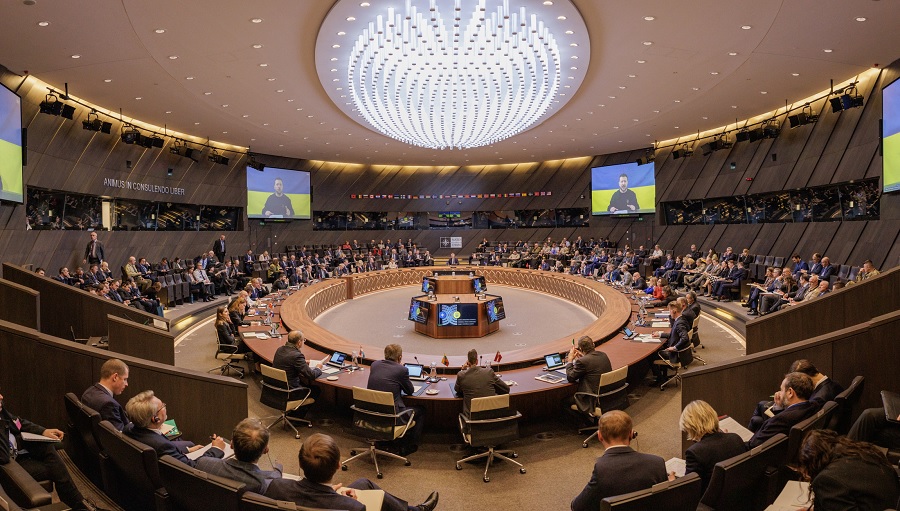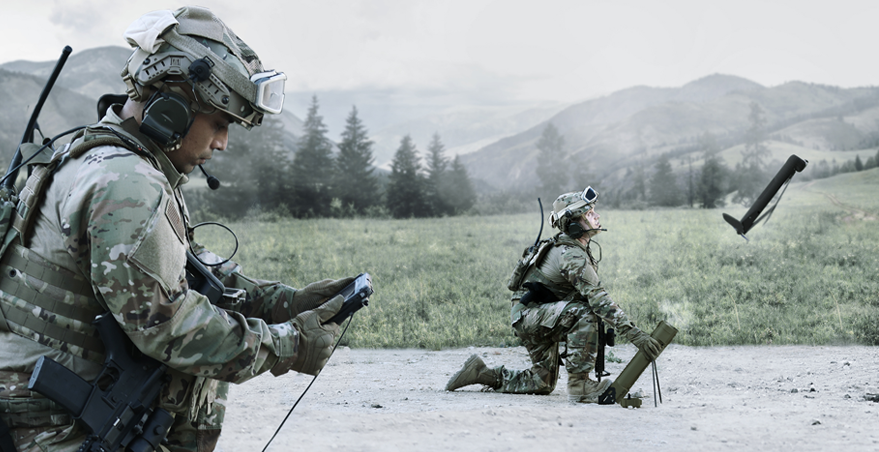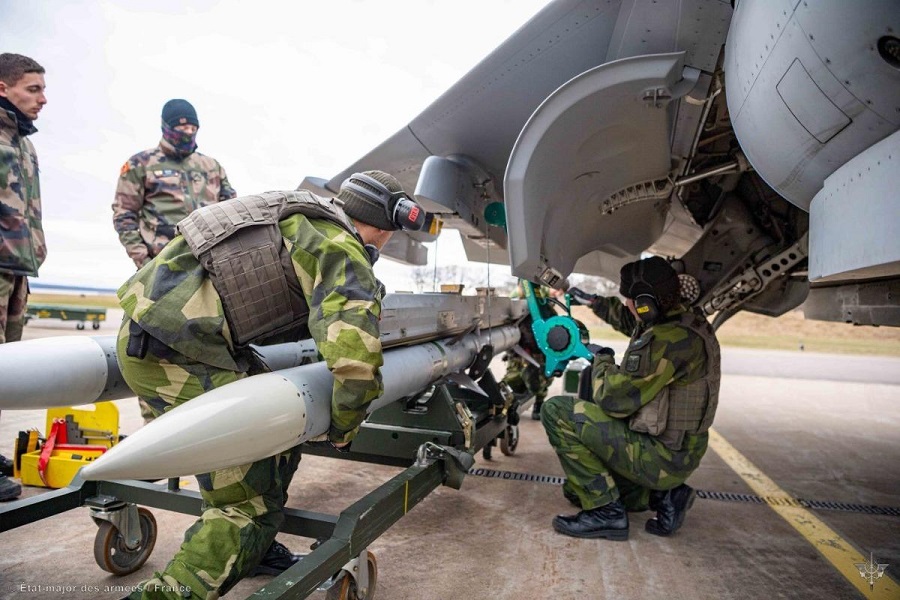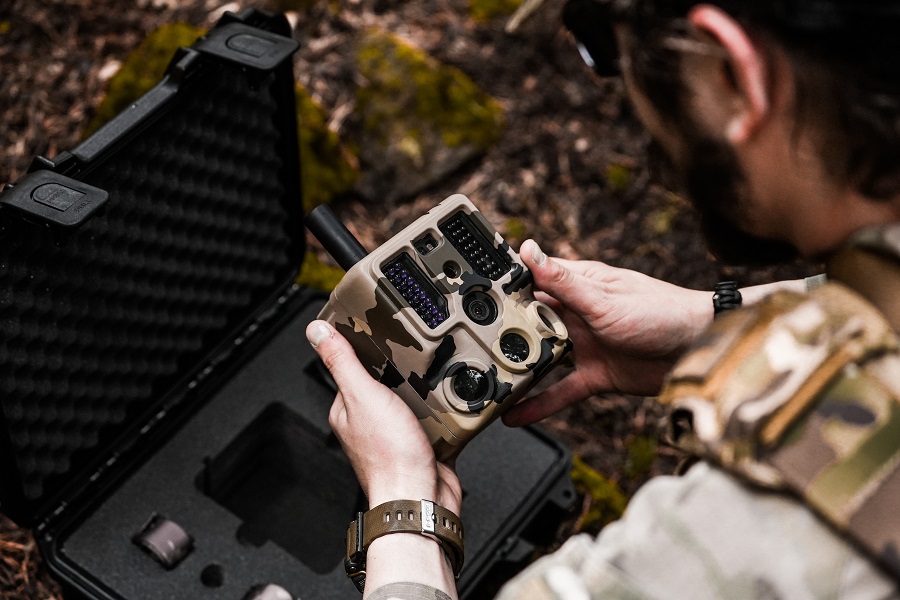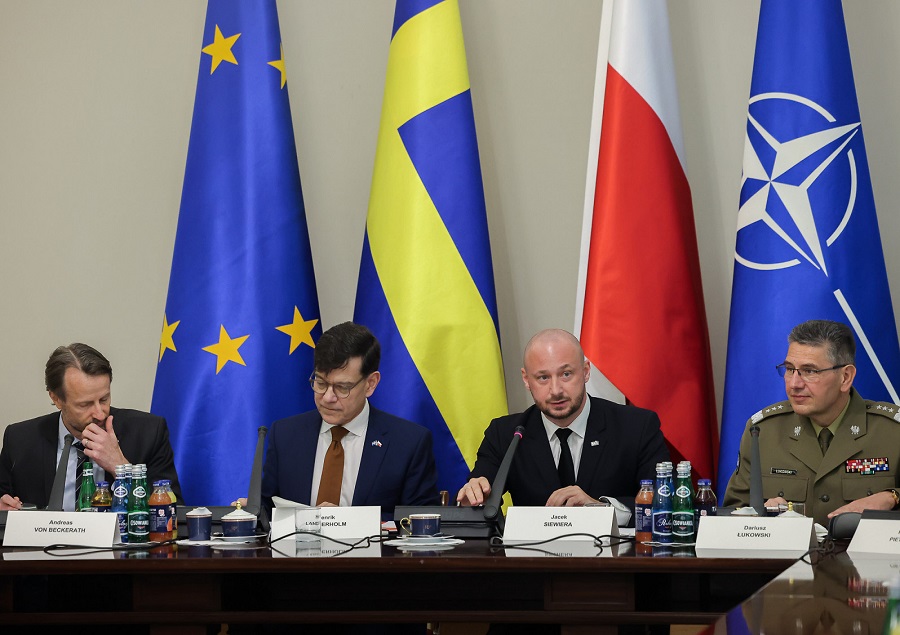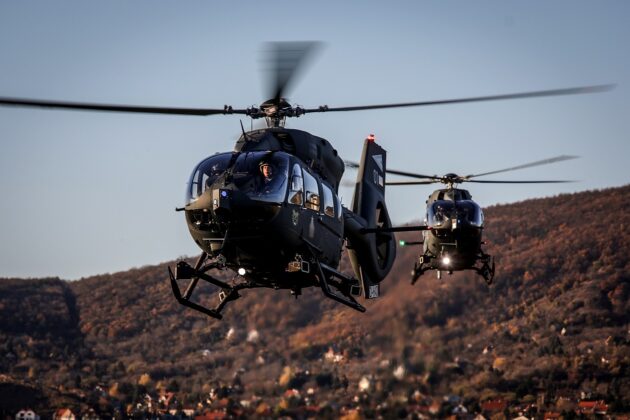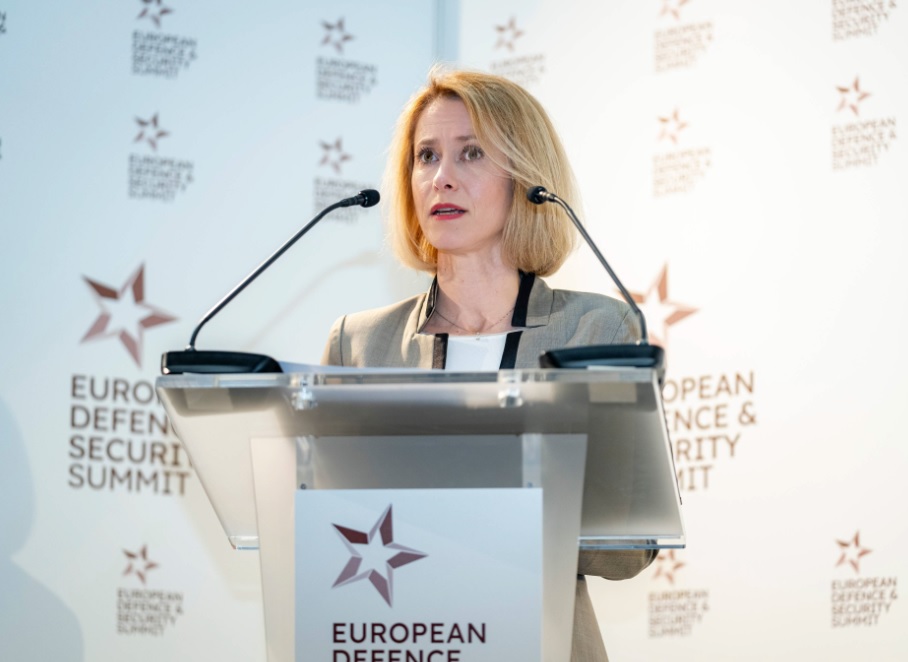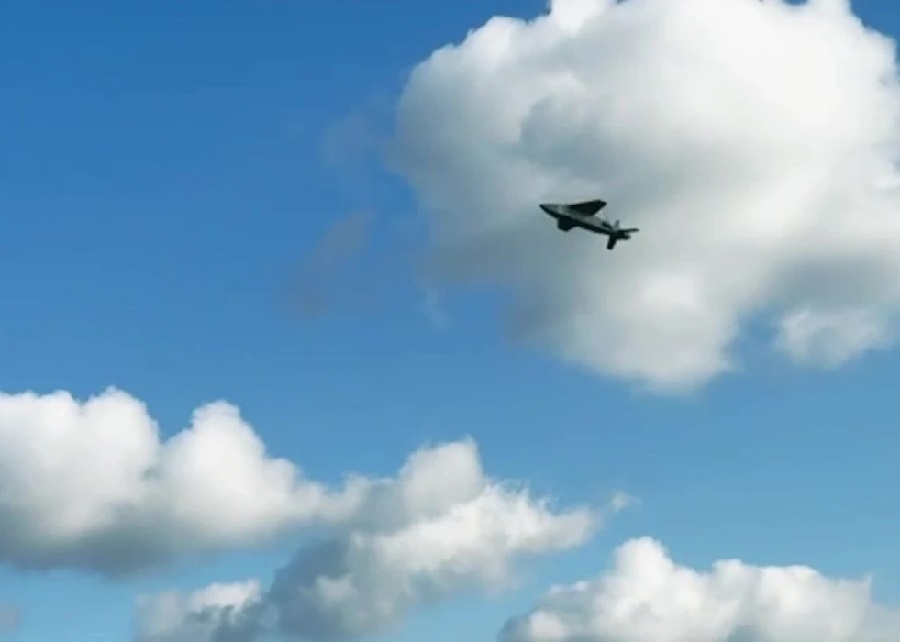The event brought together over 20 companies across the rotorcraft industry.
NSPA Presentations focused on the procurement strategy for the concept stage studies and on Study #1 / novel power plant solutions. This first study shall analyse and compare novel power plant solutions for rotorcraft based on Strength Weakness Opportunity Threat analysis-like for capability, availability, cost and logistic footprint.
Study #1 also aims at building information and inputs for the NGRC Concept Reviews to be run in 2024 – 2025.
NSPA NGRC Technical Section Leader, Mr Kevin Luxford, commented: “A pre-solicitation conference is a key milestone into the preparation of a best value competition. It creates the necessary awareness through potential bidders and enhances the quality of the competition”. Mr Ravindranath Dourgah, interim NGRC Procurement Officer from the surge cell, added: “This pre-solicitation conference has enabled NSPA to highlight expectations and requirements and move to the next phase of the Programme”.
The publication of the Request For Proposal (RFP) is expected for the Summer 2023.
A significant amount of the current helicopter fleets in service with Allies will reach the end of their life cycle in the 2035-40 period and beyond, with the subsequent need for replacements. NGRC offers a multinational framework under which its participants can combine efforts towards the design, the development and eventually the acquisition of the next generation of medium multi-role rotorcraft capabilities.
NSPA will act as the Executing Agent for the Concept Stage, as tasked by NGRC Participating Nations: France, Germany, Greece, Italy, the Netherlands, the United Kingdom and Canada (to join by Summer 2023).
About NGRC
The Next Generation Rotorcraft Capability initiative creates a multinational framework under which its participants can combine efforts to work on design, development and delivery of a medium multi-role helicopter.
A significant amount of the medium multi-role assets currently in service by Allies will reach the end of their life cycle in the 2035-40 period and beyond, with the subsequent need for replacements. These existing inventories are all based on designs dating back to the previous century. The aim of the NGRC initiative is to respond to this upcoming requirement, in a timely and cost-effective manner while concurrently leveraging a broad range of recent advances in technology, production methods, as well as operational concepts.
NATO differentiates between three different classes of vertical lift – or generally known as helicopter – capabilities: light, medium and heavy. The difference lies in the payload that can be carried. The NGRC concept phase will focus initially on medium multi-role capabilities, taking into account the speed of the technological evolution and participants’ future requirements.
Learn more about the NGRC initiative in NATO’s official factsheet.






